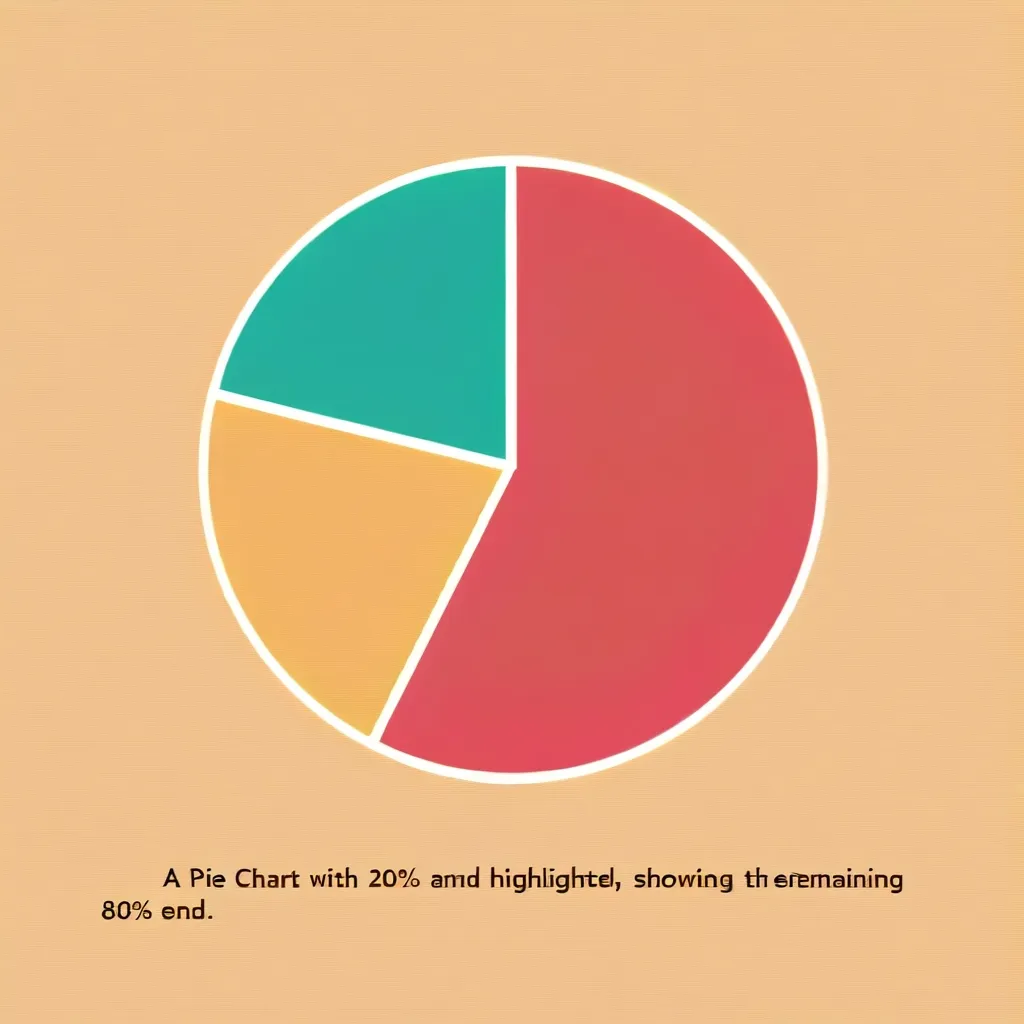The Power of the 80/20 Rule: Maximizing Results with Minimal Effort
Imagine if you could crush 80% of your goals by just concentrating on 20% of your tasks. That’s the magic of the 80/20 rule or Pareto Principle. This approach isn’t some pie-in-the-sky idea; it’s been seen in action across various fields like business, economics, productivity, and even day-to-day routines.
Understanding the 80/20 Rule
The 80/20 rule is super simple. It says that 80% of your results come from just 20% of your efforts. In any situation, a small part of your input leads to most of the output. Take a company, for example, where 80% of the revenue might come from just 20% of its customers. Or in your personal life, where 20% of what you do could be responsible for 80% of your daily wins.
Applying the 80/20 Rule in Business
This rule is a godsend for business folks. Managers and entrepreneurs can use it to pinpoint the 20% of clients, products, or tasks that bring in 80% of their success. So, if most of your revenue comes from a handful of clients, you should probably give them some extra love and fine-tune your services just for them. This could skyrocket both customer satisfaction and your profits.
Real-World Examples
The 80/20 rule isn’t just for work; it shows up everywhere. In software development, 20% of bugs cause 80% of the problems. On social media, a small percentage of posts get the majority of the shares. Even in your personal life, a few relationships might give you most of your happiness and support.
Time Management and Productivity
When managing your time, the 80/20 rule can be a life-changer. Instead of spreading yourself thin, focus on the 20% of tasks that will deliver the most bang for your buck. Identify the tasks that have the most impact on whatever you’re working on and zero in on them.
Avoiding Common Pitfalls
One big misunderstanding about the 80/20 rule is thinking that the rest of the 80% can just be thrown out. That’s not true. While the main 20% of tasks might drive most of the results, the other tasks still matter. The idea is to prioritize high-impact tasks first and then deal with the rest as necessary.
Practical Steps to Apply the 80/20 Rule
To make the 80/20 rule work for you, start by breaking down your tasks, customers, or projects. Here’s how you can dive in:
- Identify High-Impact Tasks: Jot down all the stuff you need to do and figure out which actions will have the biggest pay-off for your goals.
- Focus on Key Customers: If you deal with customers, identify and prioritize the ones that matter the most.
- Analyze Data: Use analytics to see where your time and resources are best spent. If you have a blog, check which posts get the most traffic and create more content like that.
- Delegate Tasks: If you’re in charge of a team, hand out tasks based on impact. Give the crucial tasks to your top performers.
- Review and Adjust: Keep an eye on your efforts and tweak your focus as needed. Implementing the 80/20 rule is an ongoing process to keep you on top of your game.
Personal Development and Relationships
You can also apply this rule to personal growth and relationships. By honing in on the 20% of skills or habits that deliver the most benefits, you’ll speed up your personal development. If you’re looking to get healthy, concentrate on the key habits like regular exercise and a balanced diet that will make the most difference.
Efficiency and Decision-Making
Using the 80/20 rule can make processes smoother and decisions easier. By figuring out which factors have the biggest impact, you can cut out the fluff and focus on what really counts. This principle helps you zero in on what heavily influences the outcome, making decision-making a lot more straightforward.
Conclusion
The 80/20 rule is a killer strategy to help you achieve more with less effort. By zoning in on the 20% that drives 80% of the results, you can fine-tune how you spend your time and energy. Whether you’re dealing with business, personal productivity, or just daily life, the 80/20 rule is an easy yet powerful way to get more done and succeed. Remember, it’s not about ignoring the less important tasks but making sure that the most impactful ones get the attention they deserve.






